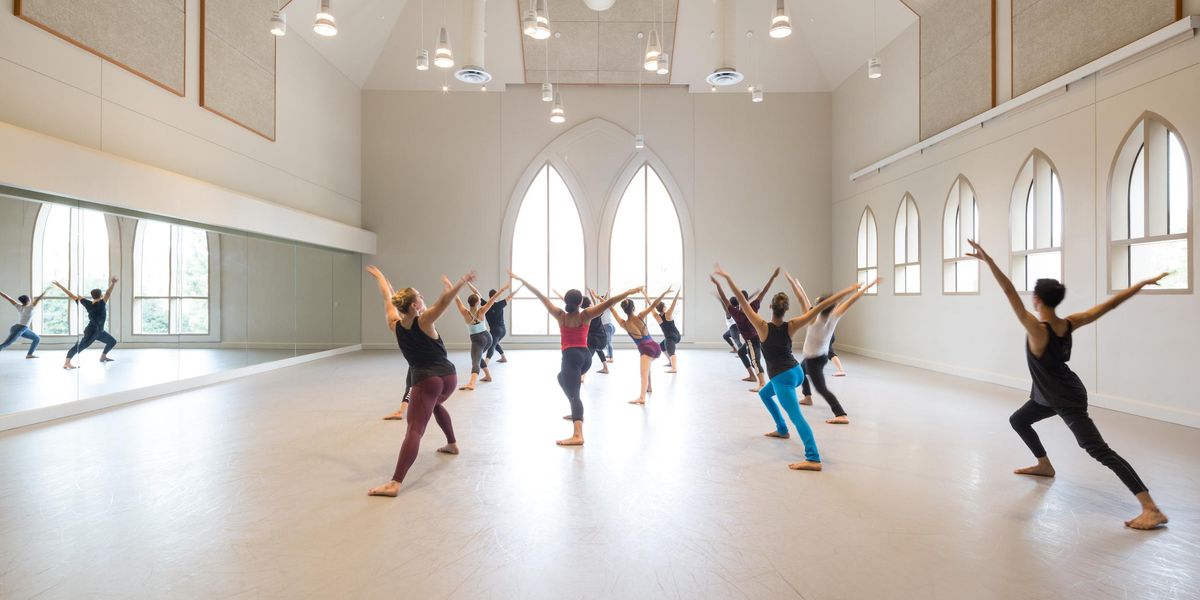A First-Timer's Reaction to CATS
Most people 20 or older have some “memory” about CATS, whether they were veteran theatergoers, saw a production as a child, donned a unitard for a middle school play or wore out the 1998 VHS recording. While this staple of the 80s and 90s captivated many, somehow I escaped the feline phenomenon—until this week when I saw the Broadway remount with Dance Magazine‘s “On Broadway” columnist, Sylviane Gold.
Aside from knowing a few of Andrew Lloyd Webber’s famous show tunes, I went in blind, albeit a bit biased since I’m more of a dog person. I’ll admit it: I was totally skeptical. What could be so great about humans dressed in fur frolicking around a trash heap? Well, a lot of things. These are the top seven that stuck in my mind after the show.
1. First things first: There’s no denying there aren’t creepy moments of the show. Even the pairing of Webber’s atonal music with cat eyes intermittently glowing in the opening scene gave me the heebie-jeebies.
2. It took some coaxing to get me on board for the first few numbers, but the party really started once Rum Tum Tugger had his moment in the spotlight. Played by Tyler Hanes, the flamboyant, electrifying rock star of a cat reminded me of Elvis, 80s hair bands and David Bowie rolled into one.
3. The next showstopper, “Mungojerrie and Rumpelteazer,” a tune about two cat burglars played by Jess LeProtto and Shonica Gooden, was even more infectious. They were charming, funny and, boy, could they dance. Every body part from their eyes to their toes moved in satisfying syncopation, and their partnering had the finesse of acrobats. I could have watched a whole show about that pair.
4. Throughout the evening, it was impossible to miss New York City Ballet soloist Georgina Pazcoguin as the white cat, Victoria. Of course, she was graceful, and that’s exactly who Victoria is. But I was drawn to the tension visibly coursing through Pazcoguin’s body, capturing the musculature of a feline.
5. Although I didn’t have much of an emotional reaction to the show as a whole (probably because it’s structured as a series of vignettes instead of an intricate narrative), “Gus the Theatre Cat” yanked at my heartstrings. When Gus reminisces about his glory days as an actor and how he still identifies with that part of himself, I found myself reflecting on the fleeting careers of dancers, but also the notion that one is always a dancer even after their performing days are done.
6. A much younger cat, Mistoffelees, was just plain fun. “So You Think You Can Dance” winner Ricky Ubeda was not only charismatic, but his contemporary training, evidenced by tilts and (flawless) fouettés, added to the magic.
7. Overall, I was most impressed that dancing was packed into nearly every second of CATS. Andy Blankenbuehler’s choreography based on Gillian Lynne’s original movement made up the bulk of the show. I relished the lengthy dance breaks full of crisp, jazzy technique that’s nowhere near as prominent on Broadway as it was in the 80s. The singing was fantastic, but every member of the cast had to be a rock-solid dancer.
Even though I’m still not entirely confident I know what a Jellicle cat is, I must admit that I’m now a CATS convert. Sure, the show is kooky, but it’s a surefire sign that Broadway’s danciest days aren’t behind us.




